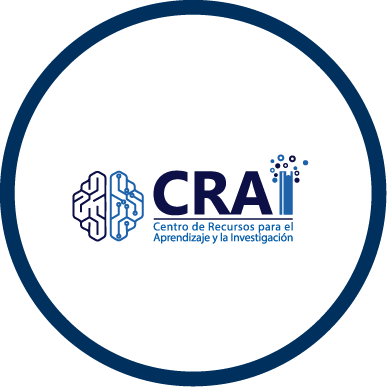Reformas tributarias en colombia entre los años 2018 AL 2021: análisis de las incidencias económicas generadas por la evolución de la determinación del impuesto de renta para personas naturales del régimen ordinario
Throughout the last two decades the country has suffered a series of fluctuations in the Colombian tax system that directly affect its political regime, reason for which at least 12 tax reforms have been carried out during the different administrations. In this way, we seek to analyze the economic i...
Saved in:
| Main Authors: | , |
|---|---|
| Other Authors: | |
| Format: | Tesis y disertaciones (Maestría y/o Doctorado) |
| Language: | spa |
| Published: |
Universidad Antonio Nariño
2022
|
| Subjects: | |
| Online Access: | http://repositorio.uan.edu.co/handle/123456789/7237 |
| Tags: |
Add Tag
No Tags, Be the first to tag this record!
|
| Summary: | Throughout the last two decades the country has suffered a series of fluctuations in the
Colombian tax system that directly affect its political regime, reason for which at least 12 tax
reforms have been carried out during the different administrations.
In this way, we seek to analyze the economic incidences generated by the evolution in the
determination of income tax for individuals of the ordinary regime corresponding to the
determination of income tax in individuals in each of the Laws 1943 of 2018, 2010 of 2019 and
2155 of 2021, through the identification of the regulations and determination of income tax in
natural persons and complementary, relating the progressivity and impact under a descriptive
analysis of several variables such as the Linear Correlation Coefficient between the National
Collection of Income Tax for Natural Persons and the Average value paid per taxpayer in the
period 2018 to 2021.
The analysis in the social class balance leads to a greater impact on the middle class, on
the cedula system and the general system, showing a progressively detrimental result over time. |
|---|




